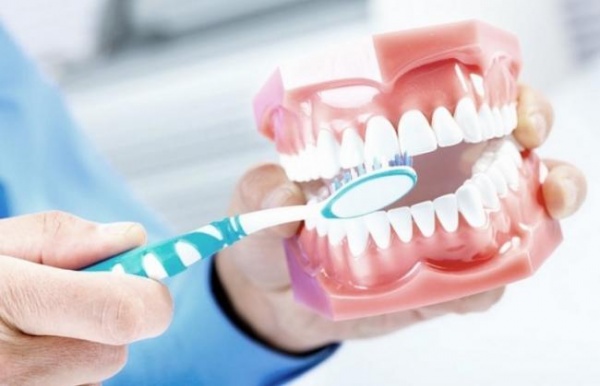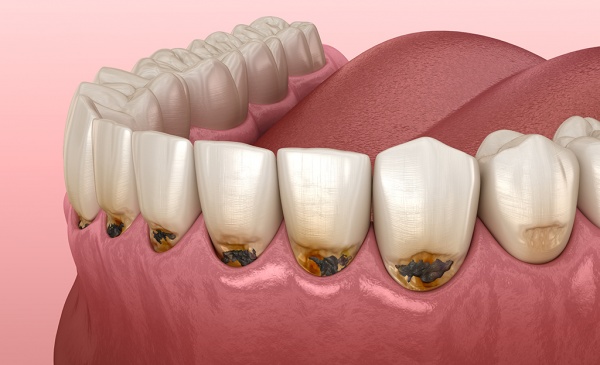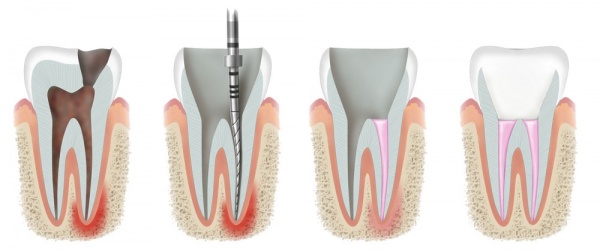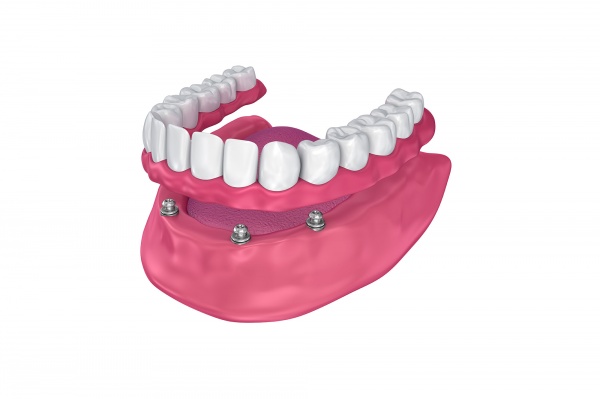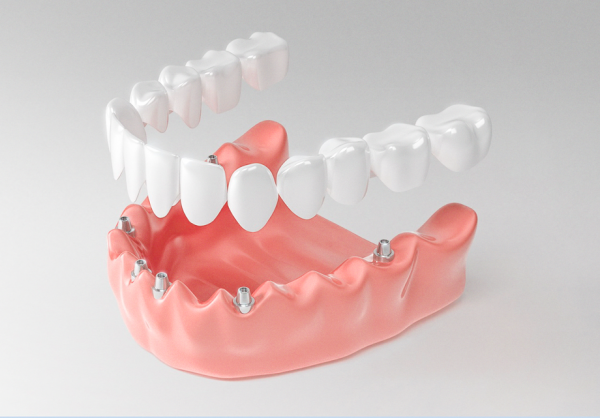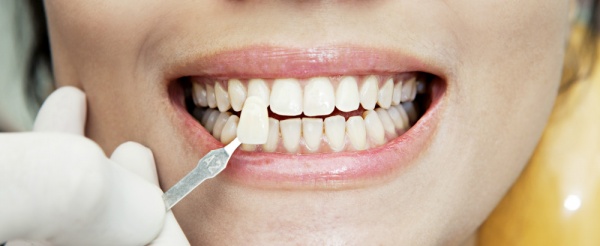There are many myths surrounding the concept of malocclusion. Many believe that the position of teeth can only be corrected in childhood, that the anomaly causes only aesthetic problems, and that dental clinics have only braces at their disposal. Is it so? Let's look into it.
Bite is the positioning of the teeth when the jaws close. In a normal bite, each upper tooth comes into contact with its lower "antagonist", the dentition is even, there are no gaps.
You can correct the position of teeth not only during the period of active growth. Of course, it is easiest to do in childhood. However, it is quite realistic to correct the anomaly in adulthood as well. Not only braces are used for this purpose, but also various surgical methods and microprosthetics.
It is important to understand that the success of orthodontic procedures depends on the condition of the teeth, the type of bite and the degree of pathology. The more severe the anomaly, the more difficult it will be to correct.
Therapies for correcting a bite
Bite correction is most often thought of solely as the wearing of braces. Indeed, they are used frequently (and not just for children), but other methods are also used in orthodontics. They can be divided into two groups - surgical and non-surgical.
Surgical methods
Surgical intervention is necessary in three cases:
- In high crowding, when it is necessary to remove the quaternary premolars to make room for other teeth;
- In serious anomalies of the jaw;
- To speed up treatment.
Surgery can also be used to shorten the time it takes to treat a malocclusion. Orthodontists use what is called a corticotomy, a small operation performed after braces are placed.
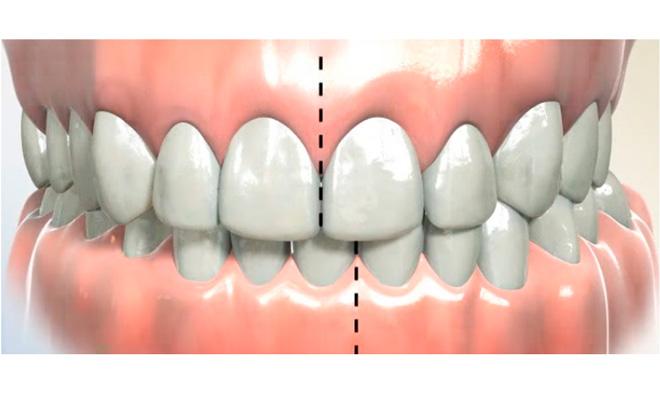
Treatment without surgery
Unless there are severe jaw conditions, orthodontists and their patients do without surgical treatment. Bite correction is done through the installation and long-term wearing of braces, mouth guards and other devices.
Braces are the most effective way to correct the abnormality. They are a power arc with braces that are attached to the teeth. The arch provides constant pressure on the teeth, and they gradually move into place.
Braces are worn without interruption. They are only removed at the orthodontist's office during correction. Several visits may be required over the course of treatment (which is 6 months to 3 years). The procedure and period of treatment depend on the condition of the teeth and the bracket system chosen. For example, self-ligating braces do not require too many visits to the orthodontist.
In addition to braces, there are other treatment methods. For example, mouth guards - removable devices made of transparent material - are often used, and when it comes to trims, microprosthetics (veneers) are chosen.
Bite correction without braces: is it possible?
Braces remain one of the most effective ways to correct malocclusions, even if you start treatment as an adult. But when it comes to small deformities, the use of fixed systems may be excessive. In some cases, you can do with removable systems - eliners, trainers. In others, you can even use veneers - they will not change the position of teeth, but will improve their appearance.
The method of treatment depends on the nature, severity, and causes of the anomaly. In some cases, you can get by with a mouth guard, in others you have to install a full brace system, and in some cases, you have to have surgery.
If the orthodontist has offered you several treatment options, focus on your lifestyle, the length of therapy, and the specifics of it.

